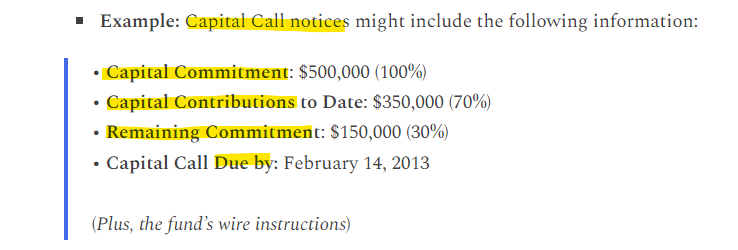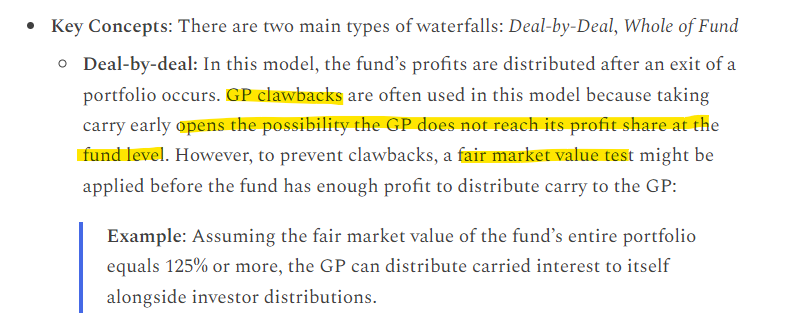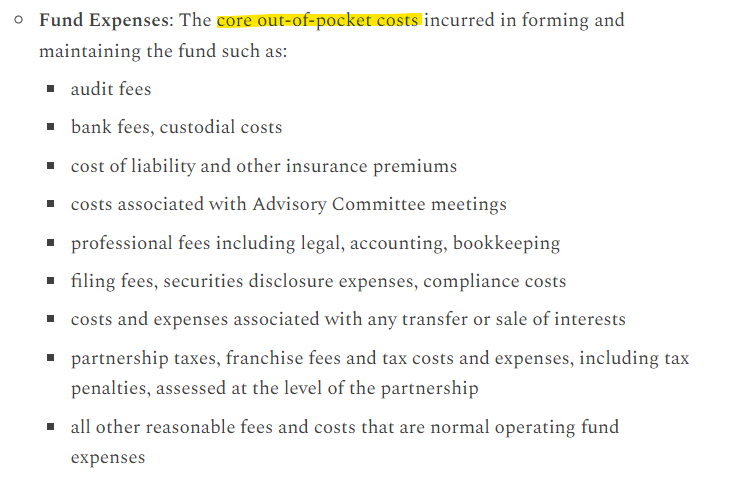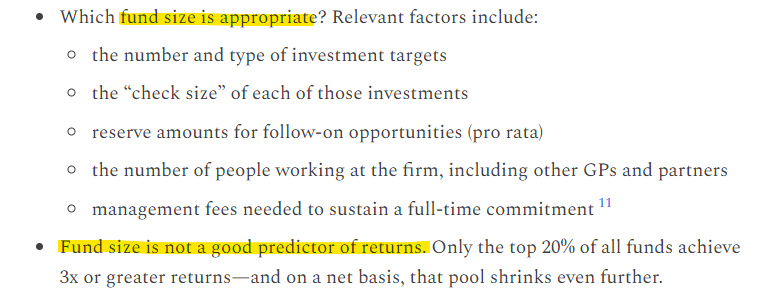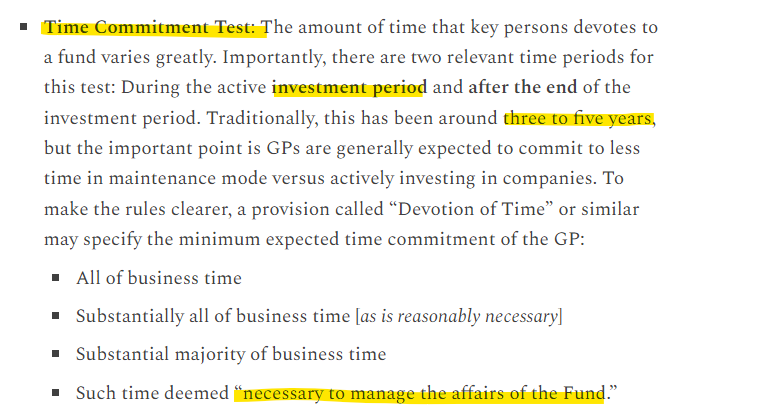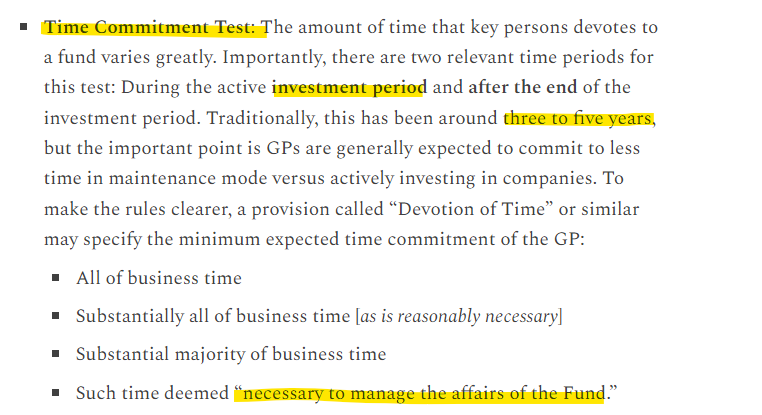Spending too much on recruitment, payroll or global HR?
We help you find the Best Providers at the lowest cost.
Emerging managers looking to raise capital need to familiarize themselves with several key fundraising terms. Here are ten essential concepts to understand:
Advisory Committee (LPAC)
An Advisory Committee, or Limited Partner Advisory Committee (LPAC), is a group of three or more members selected by the General Partner to independently review and approve certain fund transactions and matters. LPAC deals with conflicts of interest, waivers, and governance/oversight.
Capital Commitments
Capital Commitments refer to the total amount of money that an investor agrees to fund. Three key areas to consider are timing, minimums, and GP commitment. Investors can either pay 100% upfront or commit over time, with most funds requiring LPs to commit over time.
Carry
Carry is a percentage of profits earned by the General Partner that is separate from the management fees. The term allegedly dates back to the Renaissance, when merchants paid captains to transport “carried goods,” with the split being 20% of profits.
Clawbacks
Clawbacks refer to a General Partner’s obligation to return excess carry back to the fund. It’s not advisable to take carry too early, as it’s not tax-efficient, the SEC may penalize you for it, and clawbacks make it like a loan.
Fund Expenses
Fund Expenses are costs associated with the operation and maintenance of a fund, such as legal fees, accounting fees, and other admin costs. Key concepts include organizational costs, placement fees, and fund expenses. There’s often a cap on formation costs.
Fund Size
Fund Size is the total amount of money raised from fund investors. Key concepts to consider include targets, caps, minimums, and portfolio construction. As Mike Maples Jr. said, “Your fund size is your strategy.”
Key Person
A Key Person is an individual or group of individuals who hold primary responsibility for the success or failure of a fund. Key concepts include time commitment, no-fault trigger, for cause, successor funds, suspension, removal, and termination.
Management Fee
A Management Fee is a fee charged to investors on a regular basis for the operation and maintenance of a fund. Key concepts to consider include cashless contributions, subscription lines, note, and expenses. Fees are like loans, but there’s no such thing as a free lunch.
Side Letters
A Side Letter is a separate agreement that outlines different terms for an investor’s investment in a fund. Key concepts include co-investment rights, fees, information rights, and NDA, and most-favored-nation. As George Orwell wrote, “All LPs are equal, but some LPs are more equal than others.”
Waterfall
A Waterfall refers to the process and structure of sharing fund returns. A waterfall distribution method is a way of dividing up profits among the LPs and GP in a venture fund. Key concepts to consider include two main types: deal-by-deal and whole-of-fund.
Conclusion
It’s crucial to understand the nuances of these terms and how they can impact a fund’s success. Furthermore, investors expect emerging managers to be knowledgeable and transparent about these concepts, which can improve their credibility and increase their chances of securing capital.




